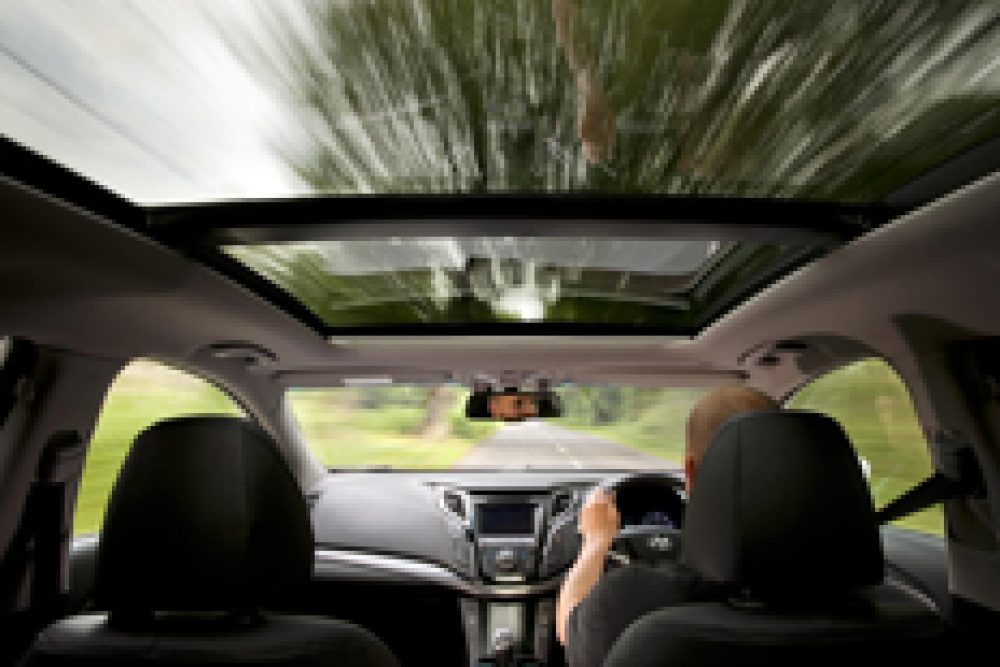
By Caroline Holmes, IAM
MPs recently identified whiplash claims as the biggest factor in pushing up insurance premiums.
Rear-end shunts are themost common accident, and since many rear impact accidents result in a neck or spinal injury, these are frequently linked to personal injury insurance claims.
But as with all aspects of business car driving, there are things you can do to reduce your chances of being a victim of or indeed causing a whiplash injury.
Making sure you have a properly adjusted head rest is very important. The head restraint should be level with the top of your head for maximum safety. Take a moment before each journey to check that your head restraint is still at the correct height, especially if you’re not the only person who uses the car. Too high is as bad as too low. And always make sure your passengers do the same too, no matter how old they are.
You are at most risk of a rear-end impact when you’re stationary, so anticipate the traffic flow ahead to keep moving for as long as possible. Accelerating hard away just means you’ll reach the traffic in front more quickly, so ease away gently especially when it’s busy. If you do need to stop, keep your foot lightly on the footbrake as traffic approaches from behind, until it has stopped, to show your brake lights as a signal.
Giving other road users information about your intentions as early as possible gives them time to react and lessens your risk. Try and signal as early as possible, and if traffic is close behind brake earlier, but more lightly than usual, to give everybody following you a chance to respond.
Ultimately you can’t control other people’s behaviour completely, but you can improve your own.
Increase your stopping distance from the car in front, especially in slow-moving traffic – it’s easy to get distracted when you’ve been crawling along in a jam for half an hour. And while anticipating gaps in traffic at a roundabout is a good way to keep moving, my advice is to focus only on the back of the car in front until you’re at the front of the queue. It’s easy to see a gap that you would’ve taken, and move forward, without realising the car in front has stopped.
To keep business drivers safe this winter, the IAM has a new website,drivingadvice.org.uk, with traffic updates, weather forecasts and tips on how to drive safely in winter.
Tips cover rain, snow, ice, fog and wind – everything you can expect in a typically unpredictable British winter. Check it out before you travel.
Previous articles by Caroline Holmes
Read Safer driving in the dark







